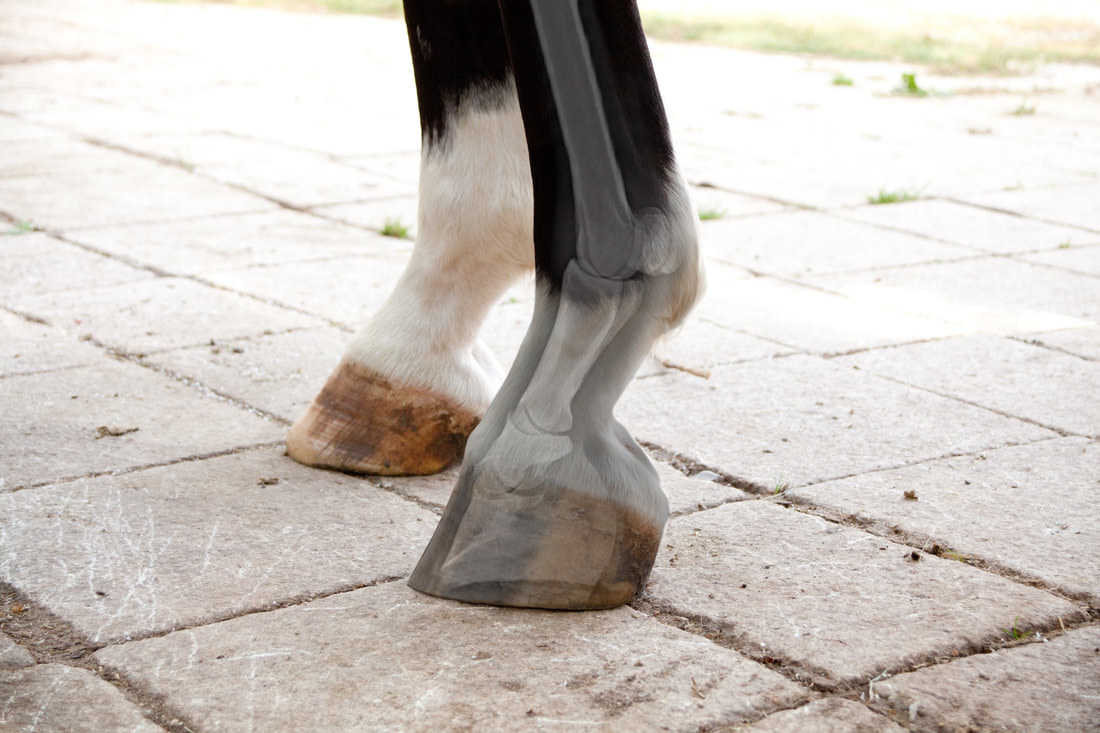|
For animal owners
Laminitis is a condition that affects the feet of horses and donkeys. This can be an extremely painful condition for an animal to endure and is considered a medical emergency. This is why equine owners need to understand the causes, symptoms, and treatment options available. We will be explaining all of this in more detail in our guide to laminitis.
What is laminitis? Let’s start by explaining exactly what the condition is. Laminitis occurs when the laminae - the underlying sensitive inner layer of the hoof wall - starts to become inflamed. The laminae connect the hoof wall to the pedal bone in the hoof and this inflammation results in the breakdown of the pedal bone. This bone is the main bone in the hoof and therefore extremely important. The laminae’s purpose is to support the weight of the pedal bone and therefore the weight of the animal. Therefore, in some cases, the sinking can be so extreme, that the pedal bone can come out of the bottom of the hoof. What are the signs of laminitis? Due to the severity of the condition, it is important for owners to understand the signs of the condition, so that they can contact their equine veterinarian as soon as the first signs are spotted. Signs of laminitis include the following:
There are several known causes of the condition which are:
If any of the symptoms we discussed earlier are spotted, the owner must get in touch with their vet immediately. The vet will use the symptoms as well as a study of the horse’s medical history to help determine whether laminitis is present. Radiographs can also be used to assess how much the pedal bone has rotated and sunk to determine the severity of the condition. What is the treatment for laminitis? Several forms of treatment may be prescribed by the vet. These include:
Can laminitis be prevented? The chance of laminitis can be reduced by doing the following:
0 Comments
Your comment will be posted after it is approved.
Leave a Reply. |
AuthorNAVP Archives
June 2024
Categories
All
|
The Association |
Services |
|


 RSS Feed
RSS Feed